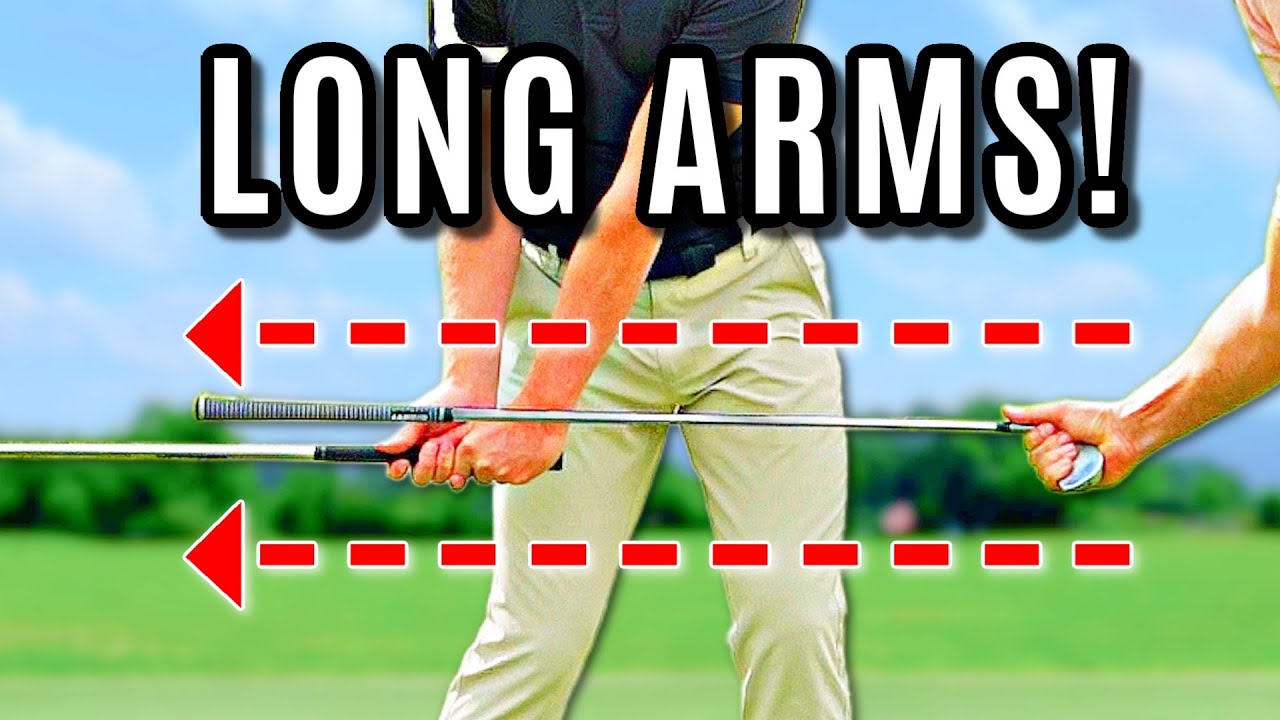
Transform Your Golf Game With the Long Arc Follow Through
Feeling frustrated with inconsistent iron shots, those cringe-worthy thin strikes, or mysterious hooks and pushes? Here’s your breakthrough solution: mastering the long arc follow through. This game-changing guide unveils actionable steps for transforming your iron contact into the stuff of legends. Dive in, practice with purpose, and see almost instant results.
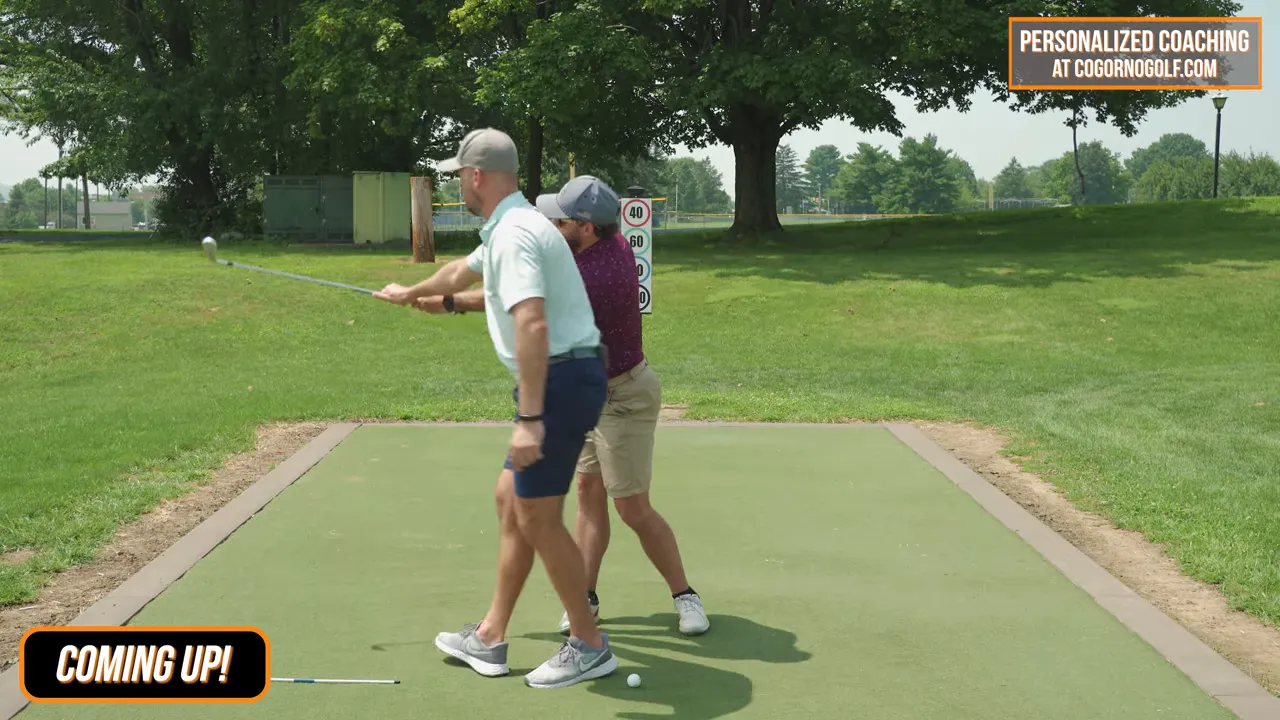
Table of Contents
- Diagnose the Three Deadliest Iron Mistakes
- Why the Long Arc Follow Through Fixes Thins
- Start with the No-Backswing Drill
- Progress to Club-Parallel Repetitions
- Move to a Fluid Half-Swing
- Integrate a Full Swing
- Control the Clubface
- Why the Head and Chest Must Not Travel Forward
- Drills and Practice Structure
- Troubleshooting Common Faults
- A Sample 4-Week Practice Plan
- Why This Method Works
Diagnose the Three Deadliest Iron Mistakes
Before swinging, pinpoint the root issues. Many golfers unknowingly battle three iron-striking problems reducing distance and precision:
- Thins — Hitting the ball too high on the face or clipping it before hitting the turf.
- Toe Hits — Contact occurring near the toe due to misplaced shaft positioning.
- Hooks — Results from a misaligned swing path or improperly closing the face.
Understanding and addressing these patterns is key.
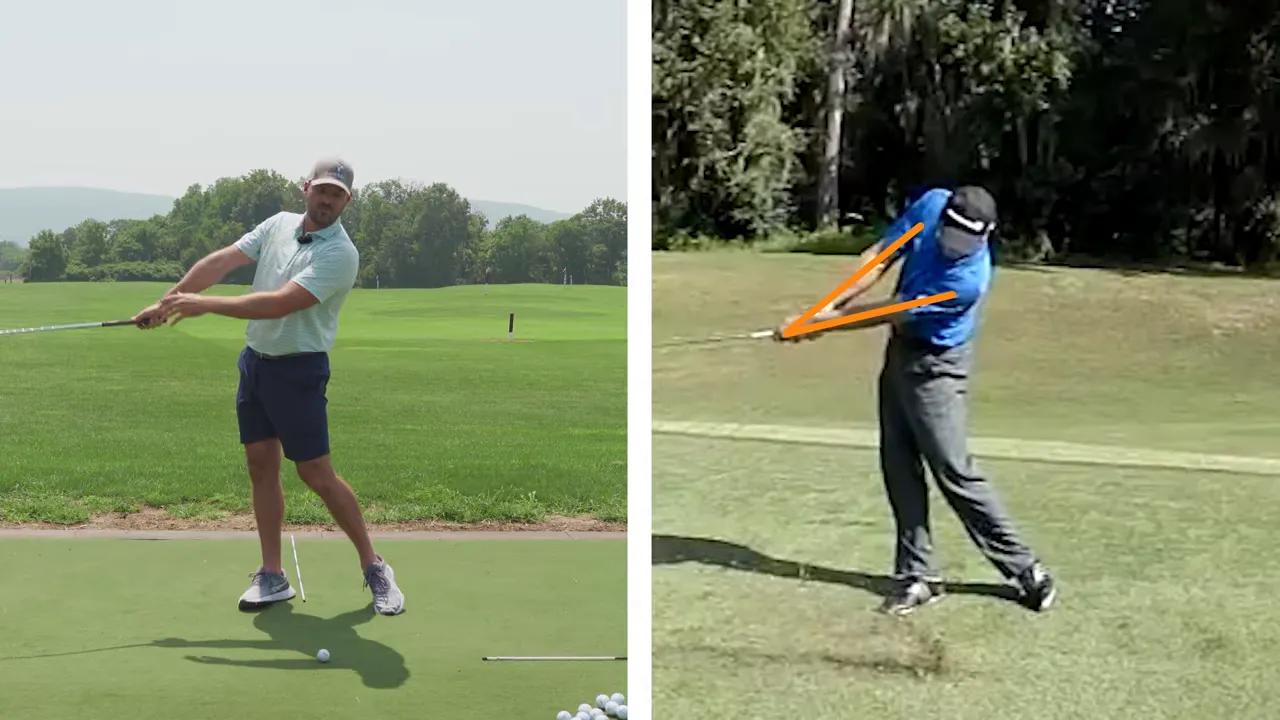
Why the Long Arc Follow Through Fixes Thins
This movement is about maximizing extension for assured contact. When executed properly, your arms extend outward, elbows come tightly together, and the clubhead firmly penetrates the turf post-impact, preventing thin and weak shots.
- Avoid arm folding to keep the trajectory consistent.
- Follow through helps with a downward, crisp divot-producing strike.
- Visual cues with club positioning aid consistency.
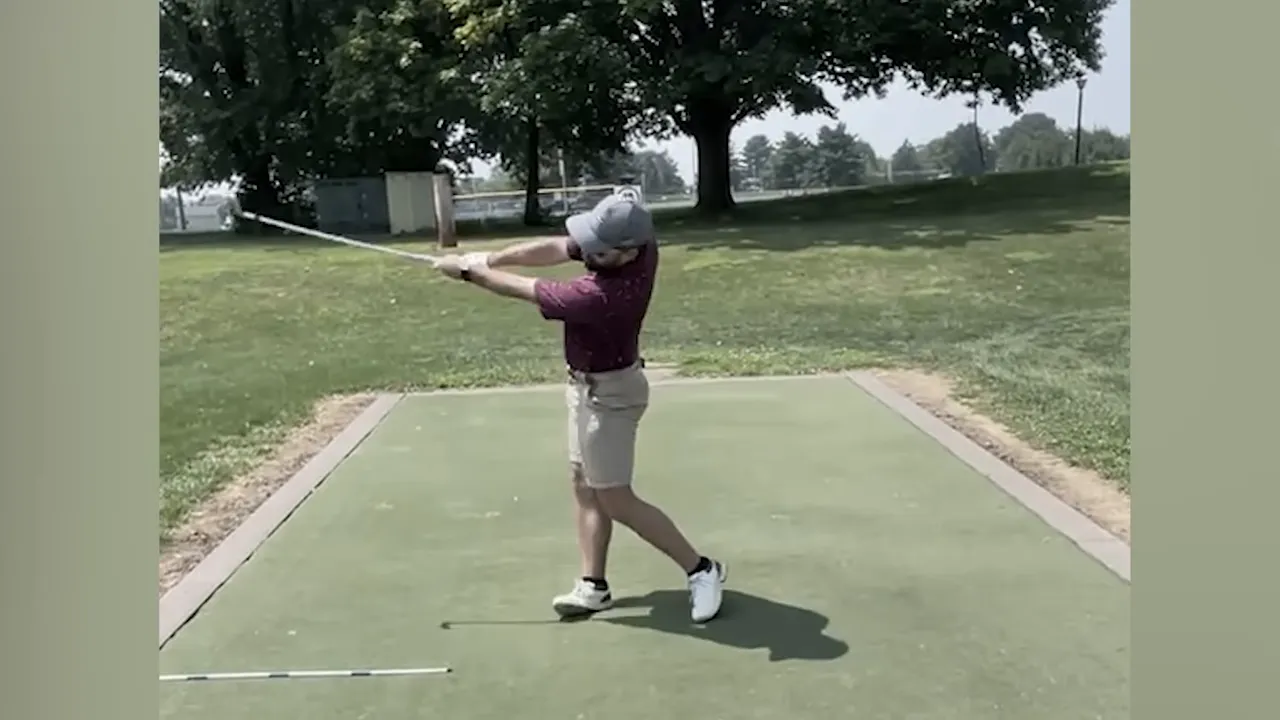
Start with the No-Backswing Drill
Banish bad habits by isolating the downswing. Begin this training by preserving your normal stance but omit the backswing, focusing strictly on follow-through.
- Keep to your usual setup and grip.
- Skip the backswing, redirecting focus solely on downswing.
- Extend the club as far from your body while keeping steady head positioning.
- Rotate, positioning your shoelaces toward the target.
- Feel an exaggerated arc that will translate into smoother swings.
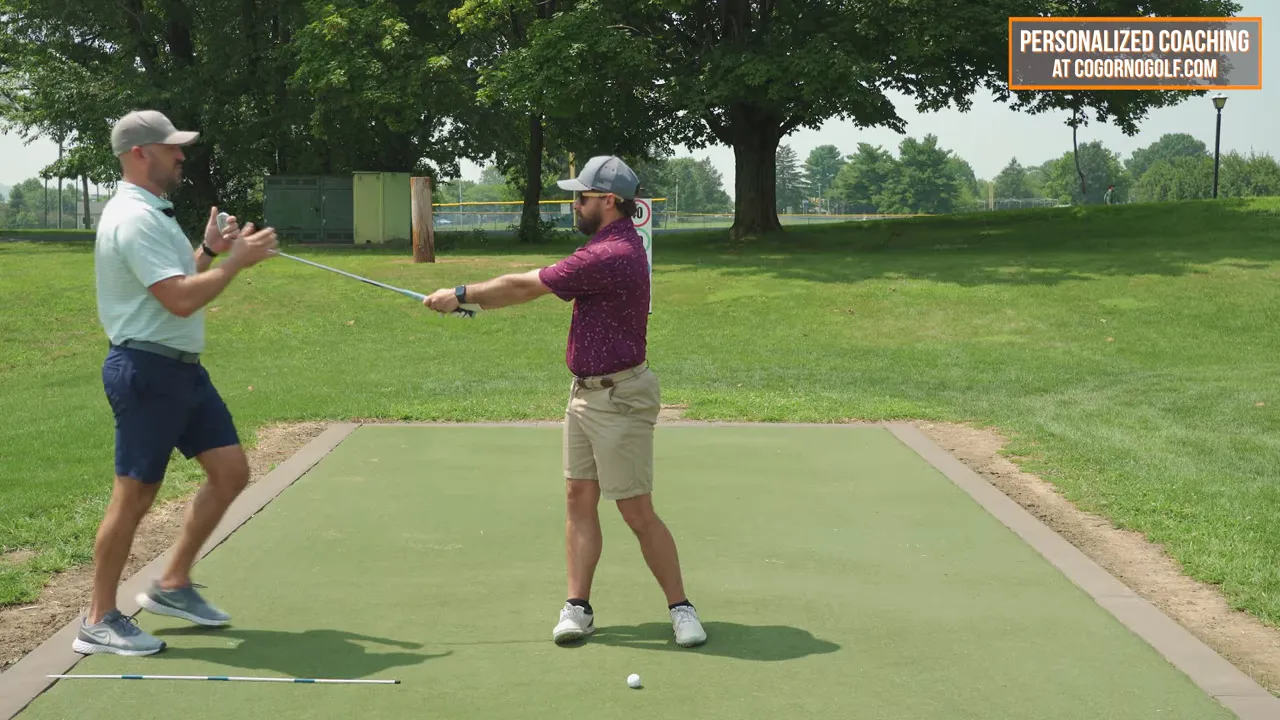
Progress to Club-Parallel Repetitions
Advance by incorporating a partial backswing for added swing fluidity.
- Engage in a short takeaway until the shaft parallels the ground.
- Initiate the downswing, ensuring intentional club placement.
- Focus on maintaining a square face upon follow-through.
- Repeat steadily to set natural, extension-backed shots.
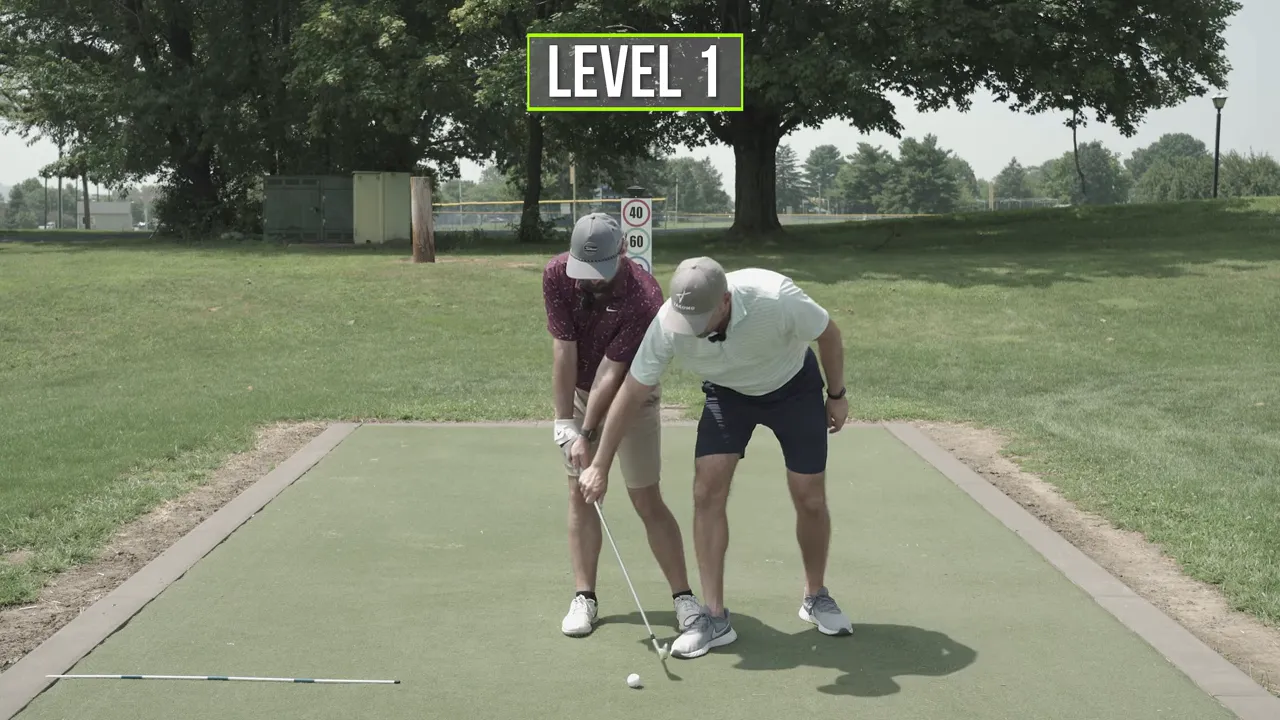
Move to a Fluid Half-Swing
Increase your swing duration by shifting to a fluid sequence without sacrificing technical integrity.
- Gradually lengthen to shoulder height, rounding out the swing speed.
- Incorporate a natural wrist hinge during transitions.
- Embrace full-body turns, keeping your head steady.
- Commit to the extended finish for maximum clubhead speed.
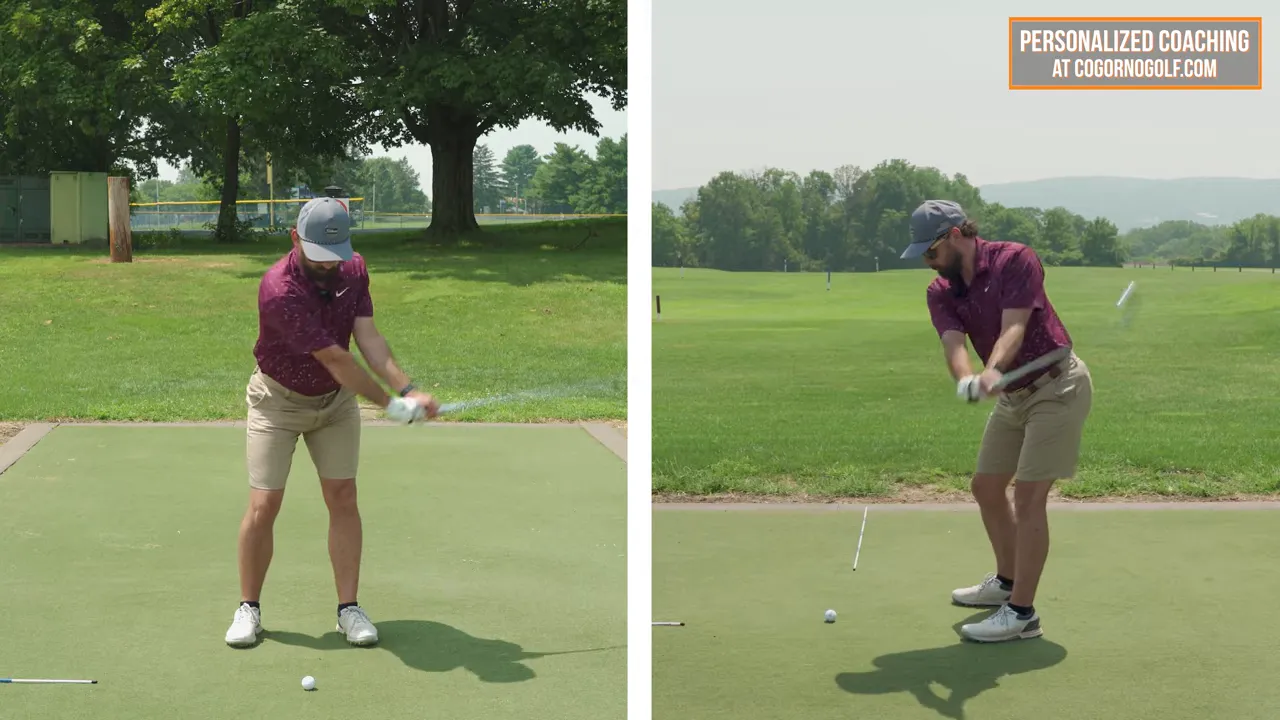
Integrate a Full Swing
Master the complete sequence by aligning swing rotation with the full extension trained earlier.
- Smoothly execute a full backswing with restrained power.
- Focus on clipping the mat, maintaining proper form throughout.
- Hold resistant positioning with shoulders and chest while your lower body turns freely.
- Check your club positioning post-swing to ensure no inconsistencies.
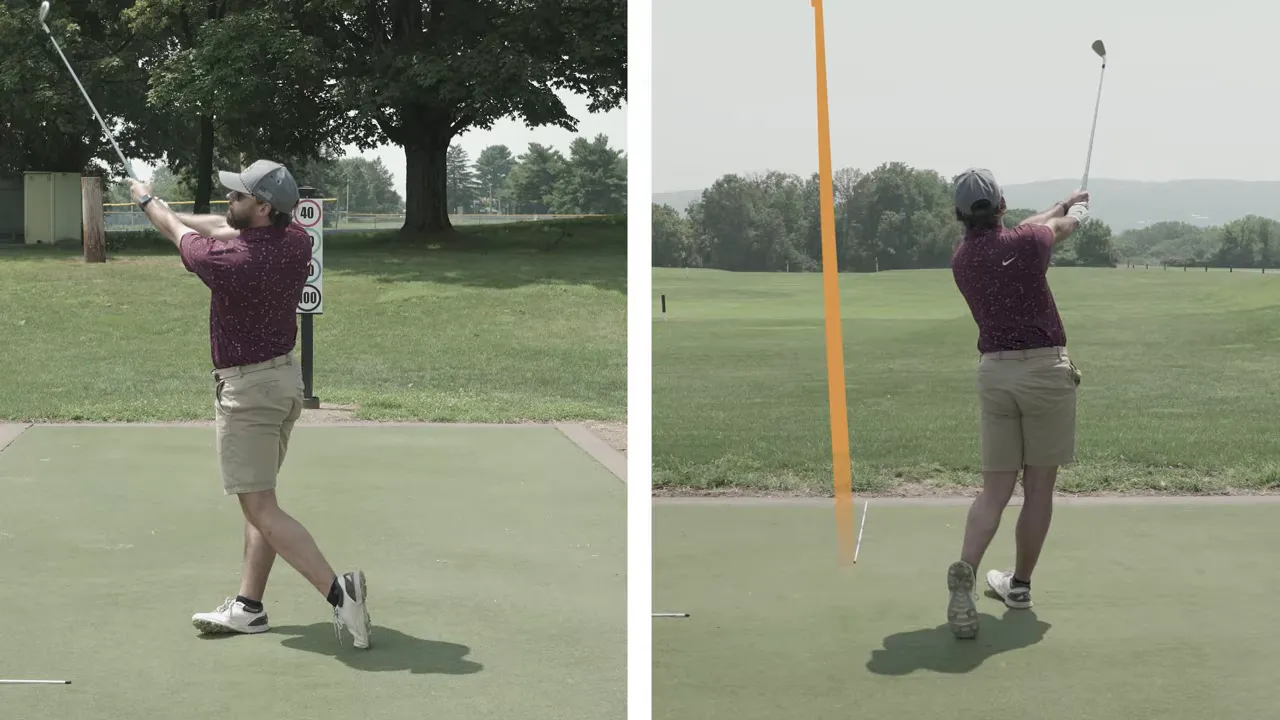
Control the Clubface to Eliminate Hooks and Toe Hits
Enhance your shot direction by minimizing unwanted ball trajectory deviations through face control.
- Check Setup Grip — Micro-adjust if necessary for better clubface alignment.
- Address Impact Path — Align swing planes, and transition smoothly.
- Apply a neutral grip for an assured shot trajectory.
- Visualize efficient shaft movement as a guide.
- Evaluate each shot using visual finish cues for square clubface confirmation.
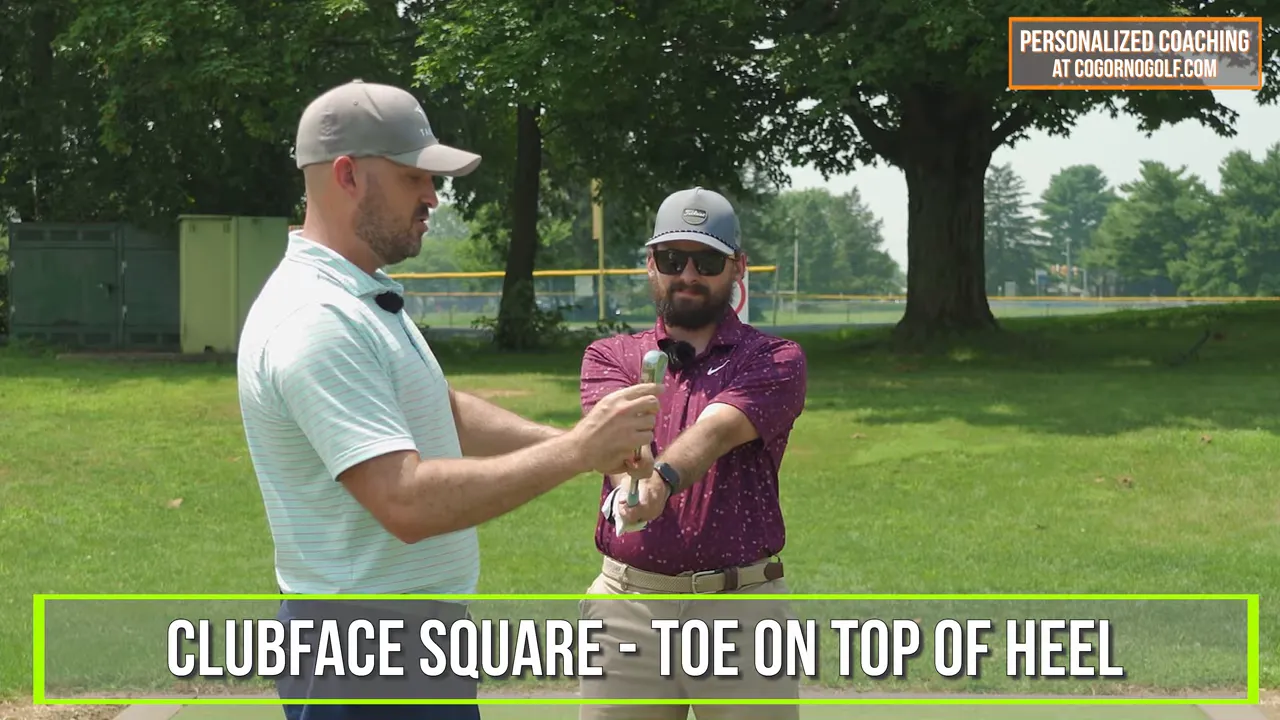
Why the Head and Chest Must Not Travel Forward
Avoid the critical error of rushing upper body movements as it pairs with arc integrity and dissipates swing energy.
Your motion should stem from the lower body, with the head maintaining a supportive, resistance role. Experience heightened swing control with a gentle chest lift and steadfast head positioning during dynamic rotations.
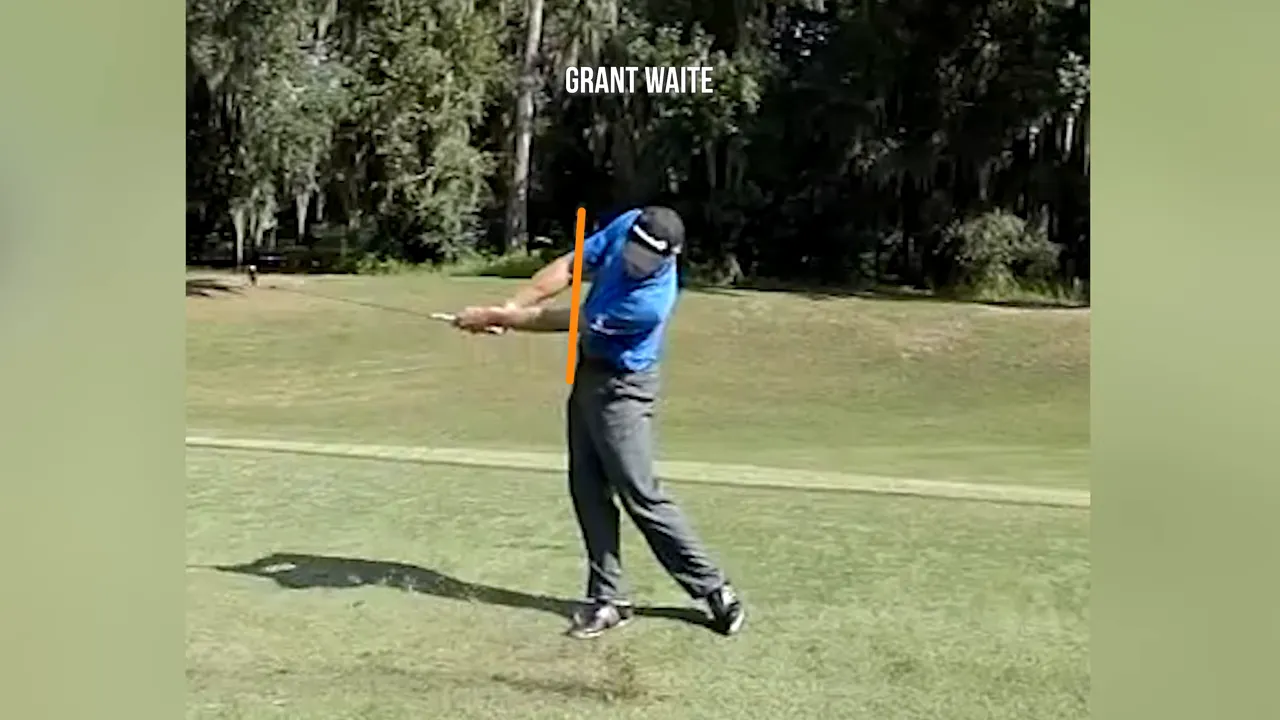
Drills and Practice Structure for the Long Arc Follow Through
Adopt these curated drills for punctuated yet impactful practice intervals:
- Drill A: 5-minute no-backswing shots focusing on arm extension integrity.
- Drill B: Club-parallel series setting paused transitions into muscle memory.
- Drill C: Fluid half-swings refining timing and mat contact precision.
- Drill D: Advanced shoulder to full swing transitions easing peak power pursuit.
- Drill E: Post-swing facial check-ups identifying and correcting face misalignments.
Prioritize technique over volume, reinforcing neurological pathways vital for swing growth. Document your progress with video captures for futher refinement.
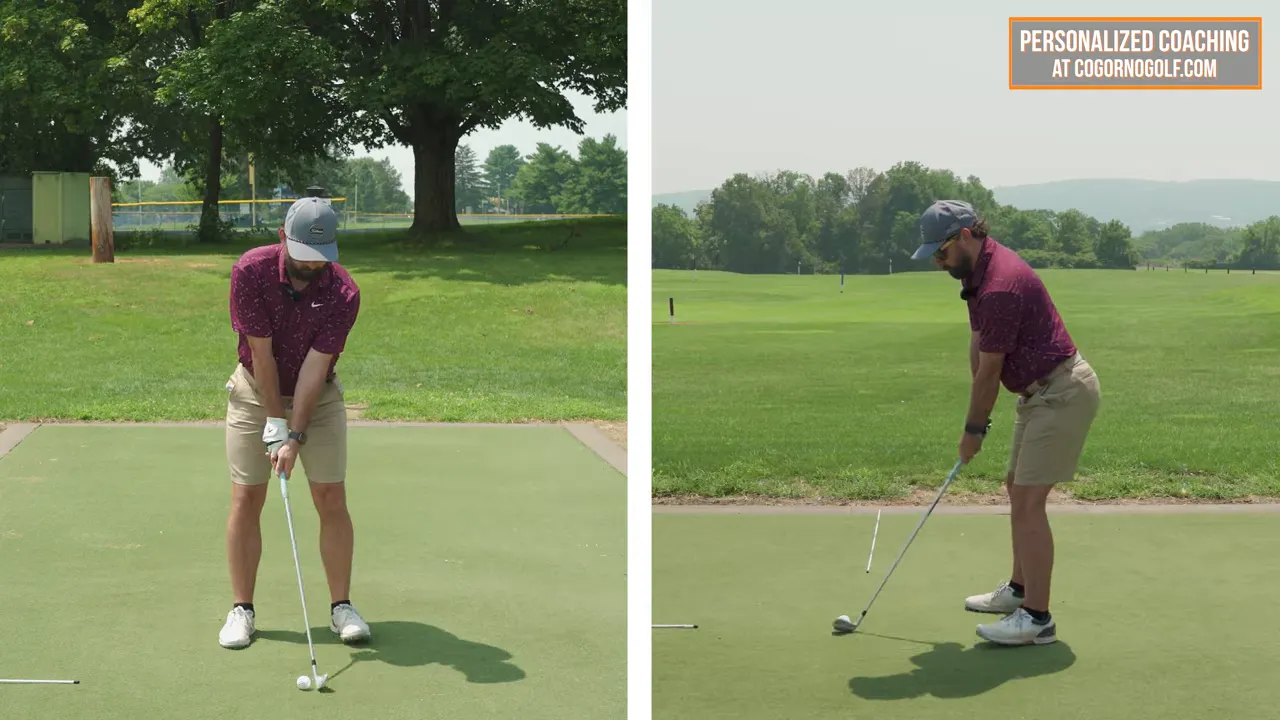
Troubleshooting Common Faults
Identify persistent issues and practical solutions to reset your swing performance:
- If Thinning: Evaluate arm action and emphasize downward mat impact.
- If Toeing: Optimize angle of attack and follow dedicated rotational movements.
- If Hooking: Adjust grip and concentrate on squarely presented clubface.
- If Out of Sync: Hone full body coordination with the rotational arc.
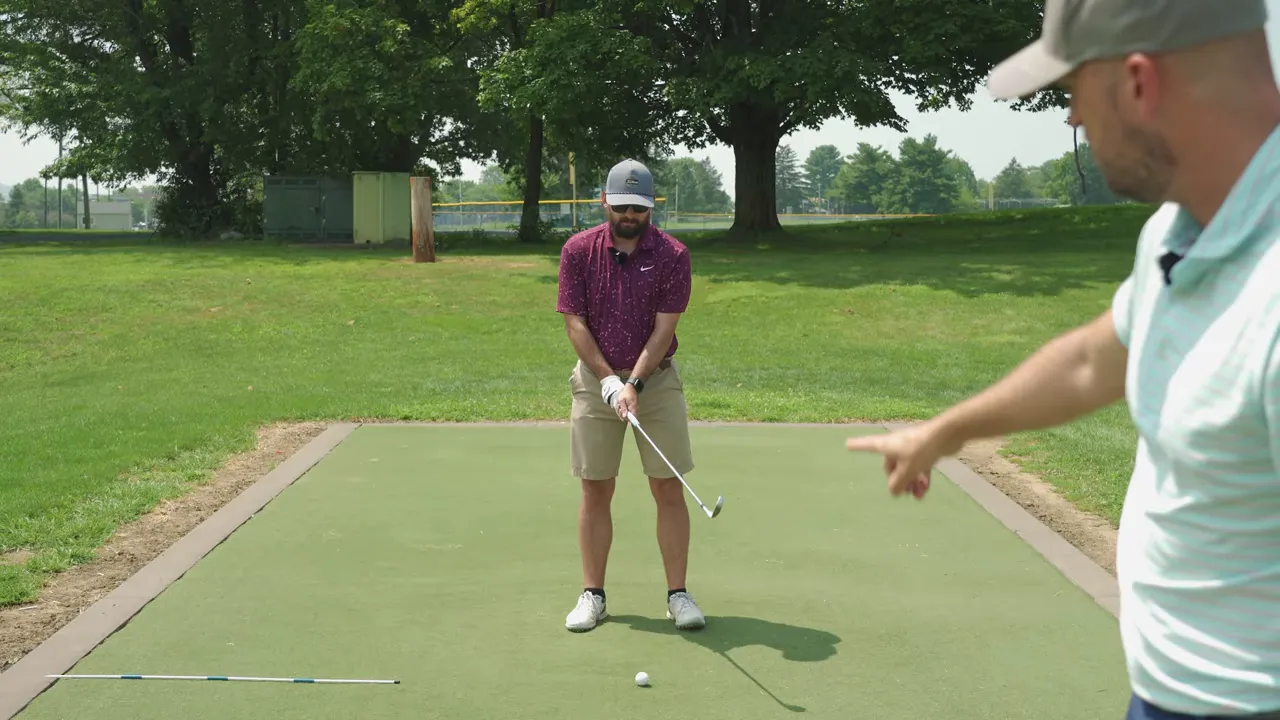
A Sample 4-week Practice Plan to Ingrain the Long Arc Follow Through
Map out these weeks, integrating the long arc seamlessly into your game:
- Week 1: Establish and stabilize core drills with focus on swing awareness.
- Week 2: Propel extension-driven swings into improved rhythmic repetition.
- Week 3: Fortify swing consistency with multiple cadence accommodations.
- Week 4: Enter speed-centric simulations bringing dynamic control on course.
Anticipate skill enhancement across areas such as precision, ball height, and directional stability. Revisit troubleshooting if needed for calibration.
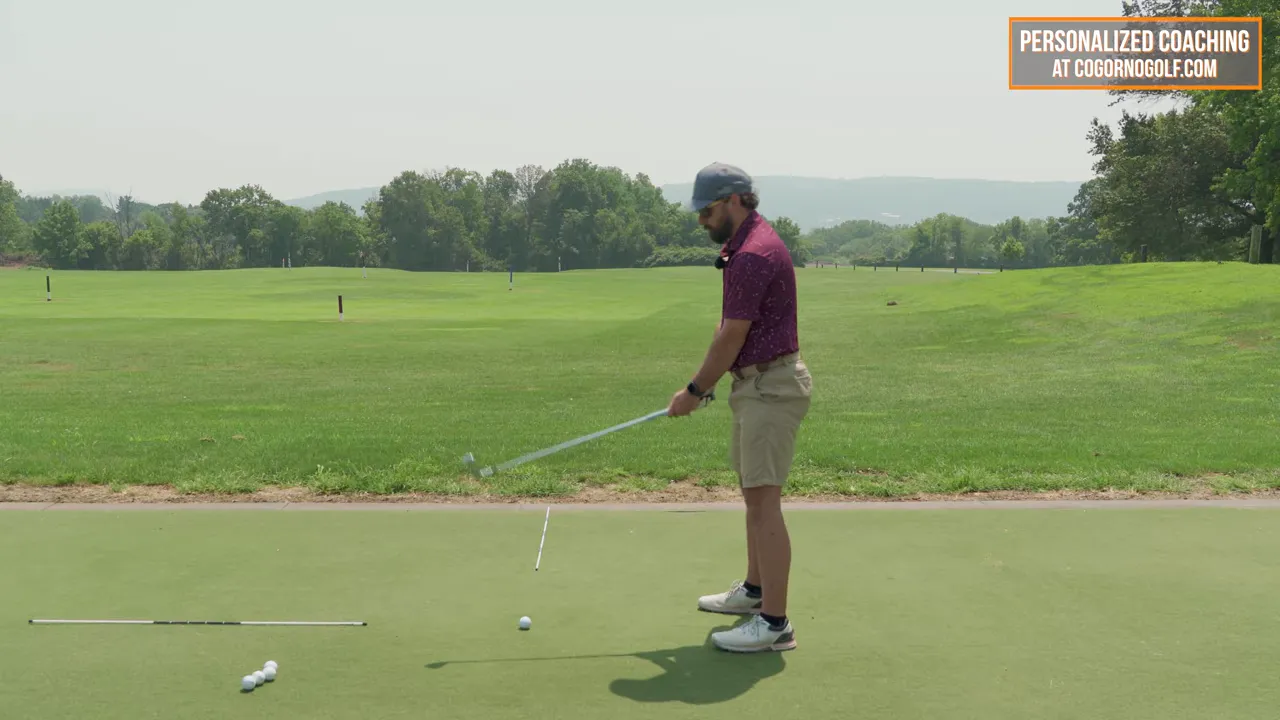
Why This Method Works — The Physiology and the Feel
This structure synchronizes geometric integrity with rotational sequencing to elicit profound ball contact transformation. Establishing a routine of neurophysiological adaptivity sharpens control over variables like club and body alignment. Keep your sensations of controlled resistance, supplemented by extensive visual domain checks, for optimal swing consistency.
- Feel like your upper body is providing firm resistance while hips dynamically rotate.
- Push club positioning away without upper body collapse for reinforced spatial awareness.
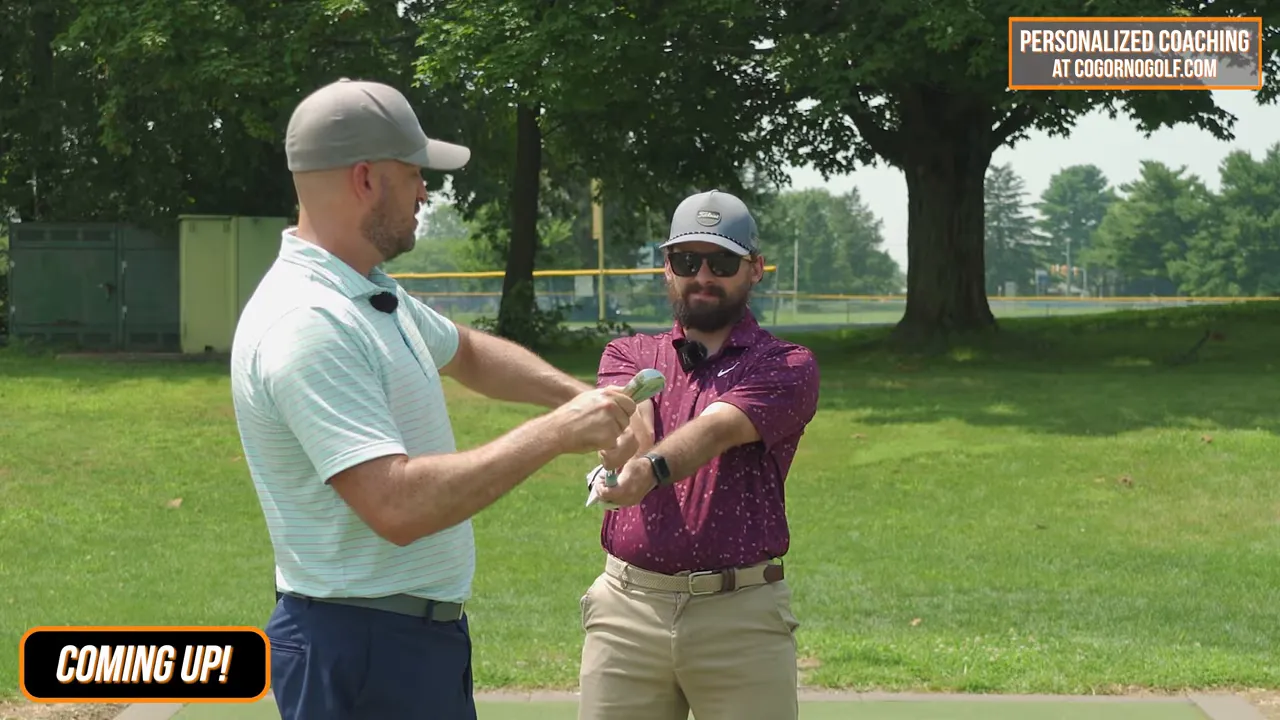
How quickly should I expect to see improvements in ball striking?
Immediate gains can often be seen after the first training session. Notice your ball striking improve more consistently as you diligently practice the outlined long arc drills.
Can the long arc follow through help both thin shots and hooks?
Absolutely! It rectifies thin shots through swing path adjustments and controls hooks with face alignment balance achieved alongside grip neutrality.
Do I need to change my grip to achieve better results?
Grip changes aren’t obligatory, yet gradual tweaks toward neutrality alleviate over-closed face impacts, boosting shot reliability.
What should I feel at impact when I do this correctly?
Experience a solid, buttery contact where the club effortlessly hits ball before turf, and powerfully extends through the arc.
How important is video feedback for this training?
Video reviews expedite progress by highlighting key impact and extension areas, offering visual insights for timely adjustments.
Apply these methods meticulously, and witness a true transformation in your iron gameplay. May your finish become your trusted ally and your practice a conduit to golfing mastery.
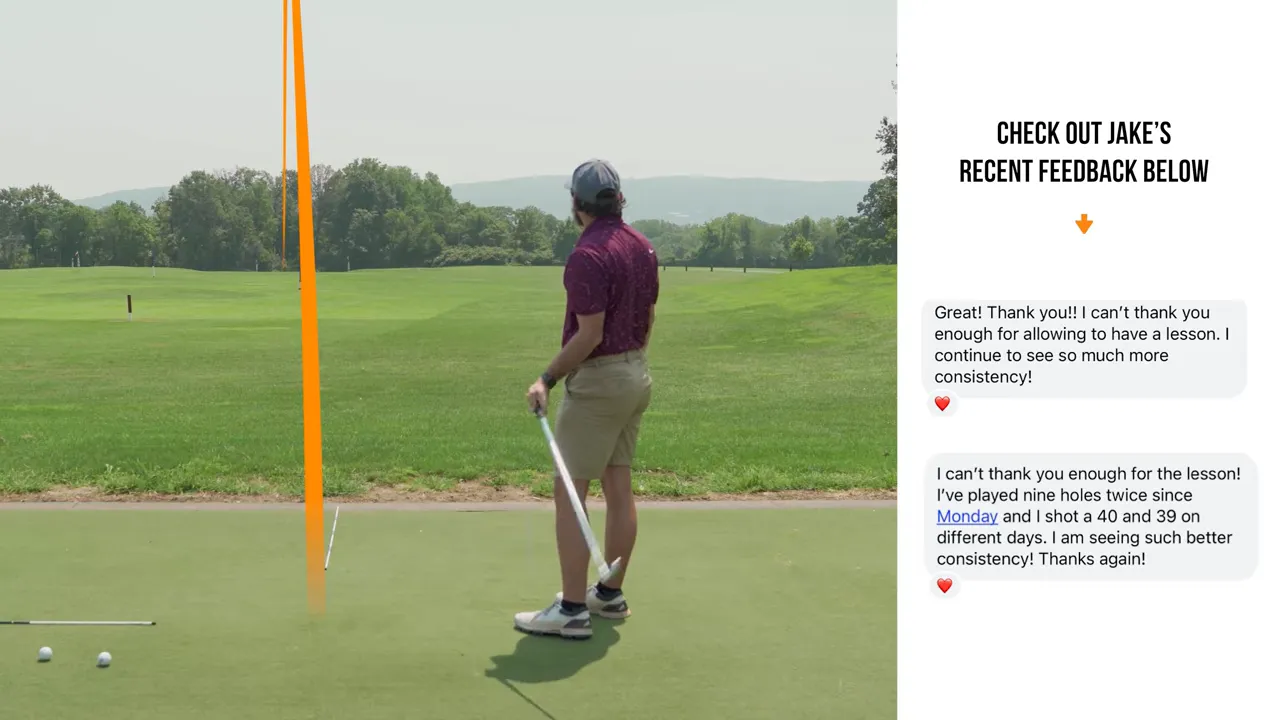

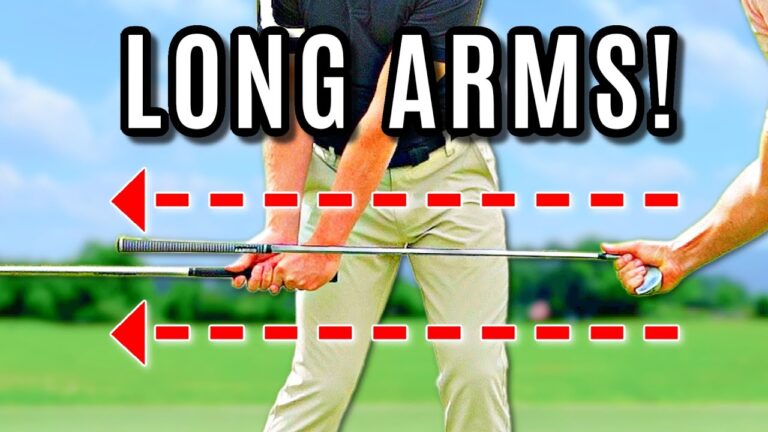
0 Comments